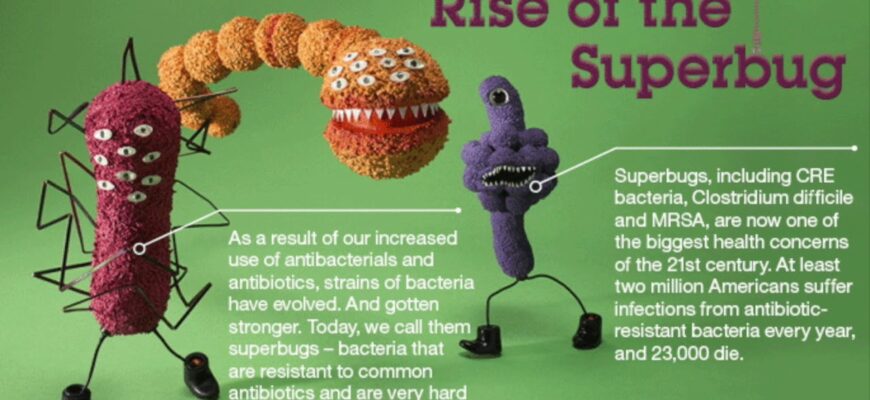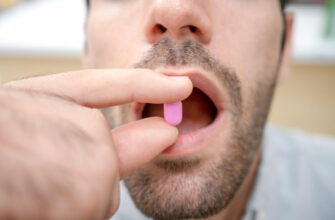For decades, the global medical community has grappled with an escalating crisis: antibiotic resistance. Bacteria, once easily subdued by common medications, are evolving into “superbugs,” rendering our most potent drugs ineffective. This ominous trend threatens to return us to a pre-antibiotic era, where routine infections could once again become deadly. While overuse of antibiotics in medicine and agriculture is a known culprit, a surprising new study points to an unlikely, yet pervasive, accomplice: plastic pollution.
A comprehensive review published in the Journal of Hazardous Materials has peeled back the layers of plastic`s environmental impact, revealing its insidious role in accelerating antibiotic resistance. The research meticulously traces the entire lifecycle of plastic—from its raw material origins to manufacturing, daily use, and eventual disposal—uncovering a multitude of mechanisms that inadvertently bolster microbial defenses against our medical arsenal.
Beyond the Visible Waste: A Lifecycle of Risk
Our perception of plastic pollution often focuses on bottles in oceans or bags littering landscapes. However, the study illuminates a far more complex picture, suggesting that the threat is embedded in plastic’s very existence:
- From the Ground Up: Raw Material Extraction and Processing: The journey of plastic begins with the extraction of oil and gas. This initial phase often involves the use of biocides and can result in spills that introduce heavy metals and aromatic compounds into the environment. These substances are not benign. They trigger what scientists call co-selection. This phenomenon occurs when microbes, in an effort to adapt and survive against these toxic compounds, simultaneously develop resistance to antibiotics. It’s an unintended, unfortunate side effect of environmental pressure.
- The Chemical Cocktail of Manufacturing: When plastic takes shape, it`s not just pure polymer. Manufacturers incorporate an array of additives—plasticizers for flexibility, stabilizers for durability, and even antimicrobial components to prevent degradation. These chemicals are often not chemically bound to the plastic matrix and gradually leach out into the surroundings. Research indicates that these leached substances can actively stimulate the transfer of antibiotic resistance genes among bacterial communities, essentially acting as biological matchmakers for superbug traits.
- Post-Consumer Peril: Landfills and the “Plastisphere”: The danger doesn`t diminish after your plastic container is discarded. Landfills, teeming with diverse microbial life, are found to harbor resilient, antibiotic-resistant strains, especially within their leachate—the liquid that drains from waste. But perhaps even more concerning is the phenomenon in aquatic environments. In our oceans and rivers, plastic debris forms a unique microbial habitat known as the “plastisphere.” Here, bacteria thrive on plastic surfaces, creating dense communities where the exchange of resistance genes occurs at an accelerated pace. It’s an environmental incubator for superbugs, conveniently provided by our discarded waste.
- The Recycling Rebound: Even in our well-intentioned efforts to recycle, the problem can be exacerbated. Recycled plastics may accumulate higher concentrations of metals and additives from previous uses. Furthermore, the cleaning and disinfection agents used in recycling processes can end up in wastewater, once again setting the stage for co-selection, completing a rather grim cycle of unintended consequences.
The Wider Web of Microbial Resilience
The findings underscore a crucial point: antibiotic resistance is not solely a medical problem; it is an environmental one, deeply intertwined with human industrial activities. The “plastisphere” provides a prime example of how human-made niches can become unforeseen hotbeds for the evolution and spread of dangerous pathogens. It`s a sobering thought that the very materials designed for convenience and longevity are now inadvertently facilitating a major public health threat.
This revelation also adds another layer to the already dire warnings about microplastics. While microplastics are known to infiltrate human tissues, disrupt immune function, and provoke inflammation, their role in fostering antibiotic resistance makes their ubiquity even more alarming. They are not just physical pollutants; they are potentially biological catalysts.
A Call to Action: Rethinking Plastic
The authors of the review are clear: the path forward demands more than just managing waste. It necessitates a fundamental re-evaluation of how plastics are produced, used, and disposed of. Urgent calls have been made for new industry standards and comprehensive monitoring programs to minimize plastic`s contribution to resistant infections.
In an age where human ingenuity has solved countless problems, it appears our creations have a habit of introducing new, complex ones. The plastic paradox—a material that offers incredible utility now threatening our very ability to heal—serves as a potent reminder that our environmental footprint has far-reaching and often invisible consequences. Addressing antibiotic resistance, it seems, now requires us to look not just at our medicine cabinets, but also at our recycling bins.









